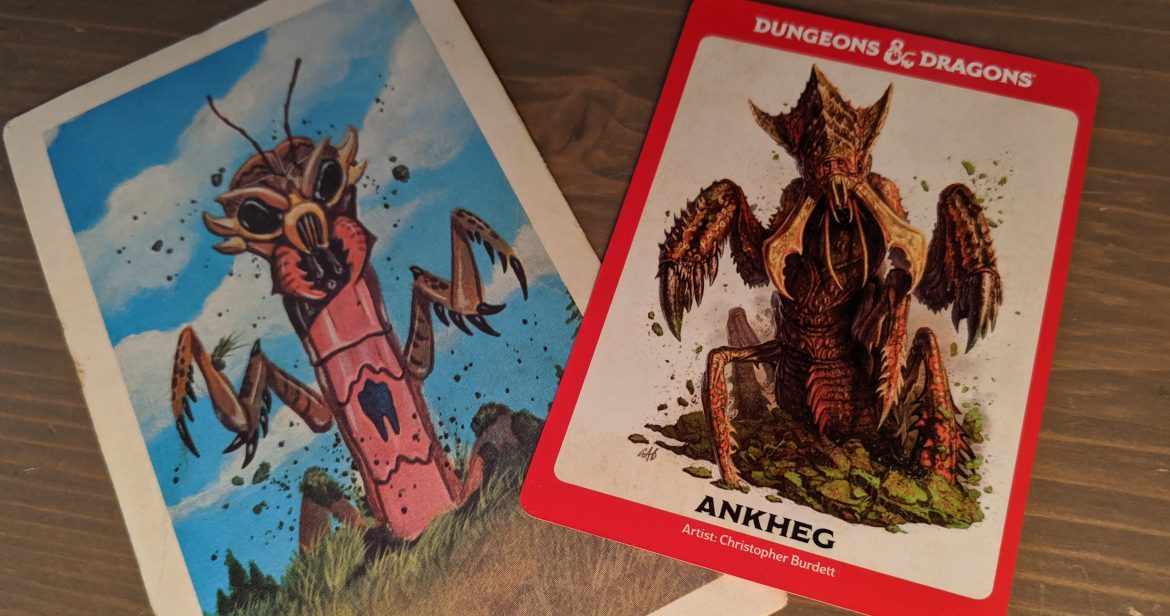
OK, this may be something of a cheat for the Through the Ages series. As far as I know there have been exactly two attempts at creating D&D monster cards, though I personally think it’s a wonderful idea. It’s only recently that I happened to discover on Amazon that they made 5th edition Monster Cards, and out of curiosity I scooped them up. Sadly, I think they’re not even as good as the old version.
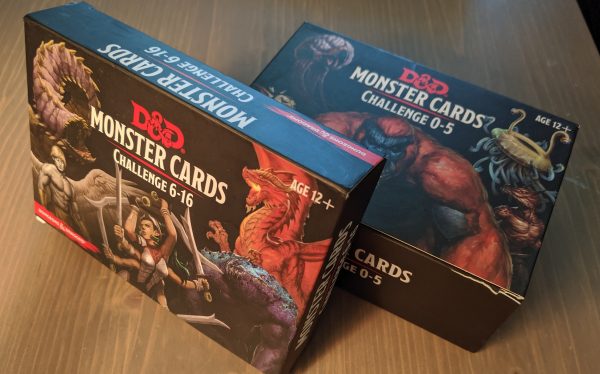
I posted in the past about the old 1st edition era Monster Cards, which actually I really quite like. Unfortunately the major problem with them is the number of monsters that got left out, which hinders their usefulness. In the post linked above I identified 44 cards Delta and I would love to add to the set. It’s still in the back of my head to one day sit down and create at least a home-printable version to fill in the gaps, but I never seem to get around to it.
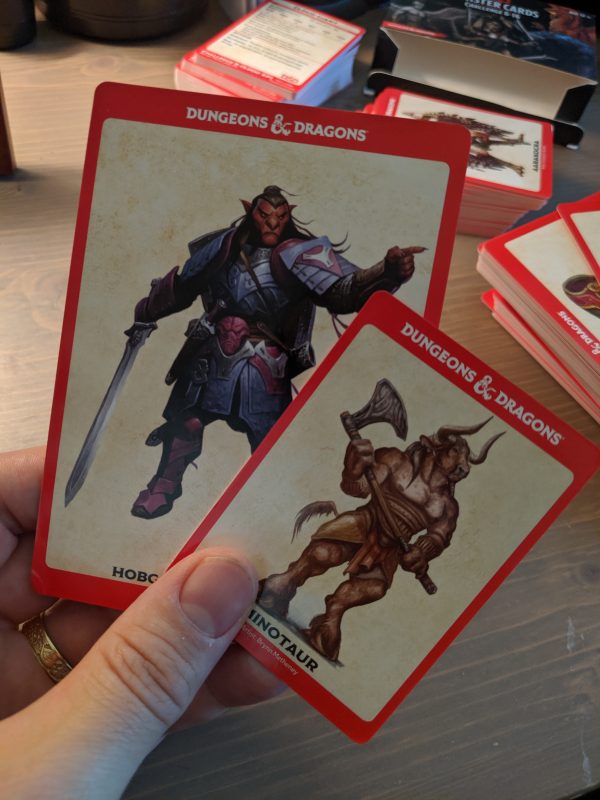
Is the 5th edition set more complete? I have no idea. There do seem to be more total cards, but I haven’t bothered to index them. The fact is they have some bigger flaws. The most major one is of course that the cards come in two different sizes. Some of the cards are double sized (5″ x 3.5″) while others are standard poker sized (3.5″ x 2.5″). Each box came with a mix of both sizes, and it appears pretty arbitrary which monsters appear on each sized card.
This is absolutely dreadful and completely ruins the cards usefulness as an actual tool at the table. Why? Because it makes them impossible to organize in a way that makes it easy to pull any given monster on the fly. It reminds me a lot of the old Monstrous Compendium problem.
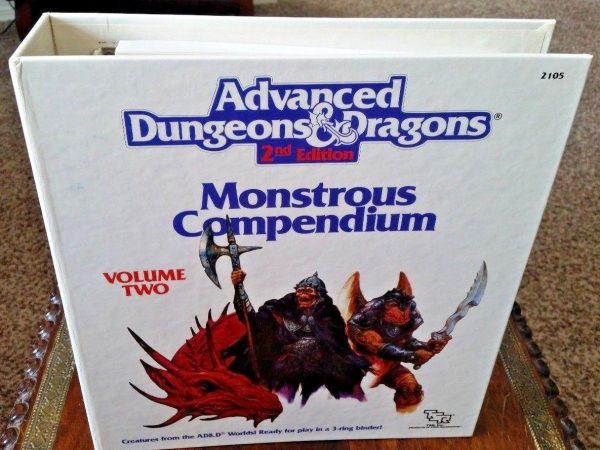
For those who don’t recall, back in they 2e days TSR created a 3-ring binder of monsters called the “Monstrous Compendium”. They then sold add-on packs of 3-hole punched monsters, so you could easily slip new monsters into your collection. Seems great, right? Only they made one fatal flaw – they printed pages with multiple monsters on them. I know for sure they had some pages with one monster on one side and another on the back, but I think they even in some cases gave a monster only a half-page, packing up to 4 per page. The problem with this is of course that it makes it impossible to actually sort the monsters when a new one comes out that comes alphabetically between two that are on the same page.
I have some other smaller problems with the 5e cards. They put the name of the monster on the front of the card which I think is a bad idea. I like holding up the cards to have the stats in front of me while the players only get to see the art. Sometimes I’d wedge a card into my screen so it remains in visual while we play. Telling the players the name of the monster can sometimes be too much of a give-away. Also, tuck boxes are really not a great storage choice. I mean, I could always go out and buy a plastic index card case for them… but oh yeah, wait, the cards are different sizes.
Sadly, I think that means these cards will sit on a shelf and never get used. It’s a shame really, because cards feel like such an obviously good choice for monsters. I’d love to be able to quickly pull up an image of any given monster for my players. Or if I had the time pull out all the monsters I need for a given adventure to cut down on the page flipping time. It’s a real shame they flubbed this one.

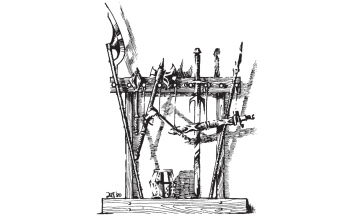
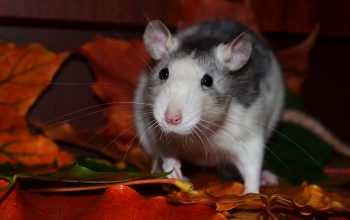
Am I just an old cranky bastard or is every edition marginally worse than the one that preceded it? Higher production values, poorer design?
I’m utterly WTF’ed on the two different sizes? Did they use two different printers and get the specs wrong with one of them? That seems like a “can’t pour piss out of a boot with directions on the heel” level screw up. Oy…
Monster cards seems like it’d be a good subject for one of those “Inktober” styled artist challenges.
On a personal note, monster cards would be a good side line for certain projects I’m laboring on. Hmmmm.
Also apalled at the two-different sizes issue. That’s quite stunning.
It does seem like there are 3 categories in classic D&D which are open to “arbitrary expansions”: (1) spells, (2) magic items, (3) monsters. This is both good for creative outlet and bad from the perspective of DMs expecting to have full mastery over all those details. Cards can possibly be a nice solution to that latter issue, and really not a bad product line expansion (or way to deliver those rules expansions).
It’s worth noting that these, like the Spell Cards and D&D miniatures, are not actually made by WotC and are instead contracted out to Gale Force 9, which is originally a maker of board games and board game accessories. While I wouldn’t say it excuses them, it does help to explain how they might have missed this obvious flaw; it’s generally of little consequence in a board game if reference cards or cheat-sheets are different sizes, since there are normally only a handful of them and they’re usually all divvied out during game setup, so riffling a pile of them to find a specific one in the middle of play isn’t really a required use-case. Probably a similar problem on the Spell Cards: in a board game, there are usually few enough rules that a reference card just needs to jog your memory and remind you of specific quantities, like “does building a road cost one brick or two?” Since there are few enough things to remember, this works well. Not so much when there are like 200 discrete spells, most of which have little or nothing in common.
I can even sympathize with wanting double-sized cards for some monsters – particularly higher-level ones like demons that have a large number of resistances, spells, and special abilities. But I think they should have done some combination of doubling the size of smaller cards, for example, by adding the stats for a winged kobold to the kobold card or the stats for a goblin chief to the goblin card, and/or adding a crease to the center of the larger cards so they can fold in half to match the size of the smaller cards. Technically, you could do that on your own, but it can be a pain to get card stock folded exactly down the middle, plus it could cause cracking of the lamination or other disfigurement of the art that might dissuade sufferers of OCD or serious collectors from doing so… not to mention people who just don’t happen to come up with the idea on their own. Both of which could be solved by just making a fold part of the intended design of the cards.
I agree that some of the monsters likely require the increased real estate of the larger card. Personally I would have liked to see them just play to that by making all the cards larger sized. I’m sure you could find a way to fill the space. You could add additional variation stats as you mentioned, or an extra little piece of artwork, or some flavor text.
Or a fun random table, along the lines of “What are these monsters doing when you encounter them?” or a name generator or something. “You see this thing. It’s roasting a dead rat over a small fire. It’s name is Gorb.”
Brilliant.